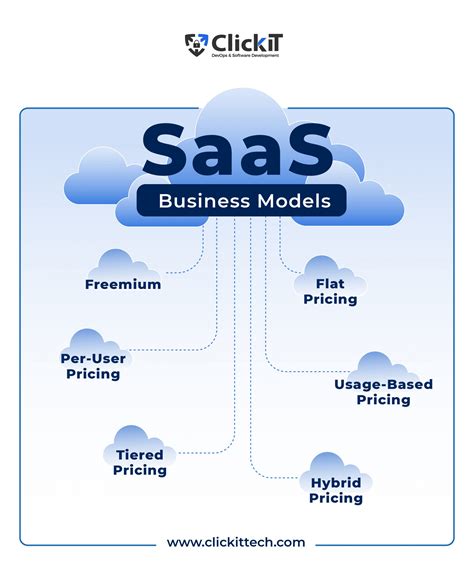Developers and founders often face the dilemma of managing codebases for both free/open-source (OS) and paid software as a service (SaaS) offerings. One common strategy is to utilize a single codebase for both versions, with conditional logic or environment variables controlling the activation of specific features. By employing a monorepo structure, companies like MiddlewareHQ streamline maintenance and avoid drifts between different versions.
An alternative approach involves segregating core components in an open-source repository while keeping non-core or proprietary features in private repositories. This separation allows for the implementation of paid add-ons to the core product without compromising the integrity of the open-source code. Companies like Sentry have adopted this model, maintaining one Django monolith codebase for all functionalities.
Plugin architectures have emerged as a popular solution for incorporating additional features in SaaS offerings. Projects such as Mapzy and Tunnelmole leverage environment variables to differentiate between self-hosted and SaaS versions, enabling seamless integration of billing logic and proprietary functionalities. This architectural flexibility provides scalability and customization options for users.
By studying the experiences shared by software creators like Keygen API, insights into software licensing and code management strategies are revealed. The use of Fair Source licenses and intelligent license enforcement mechanisms, such as feature gating and license keys, ensures that paid features are protected while maintaining an open-source ethos.
Moreover, a focus on continuous integration and deployment practices ensures that updates are seamlessly rolled out to SaaS offerings, guaranteeing a smooth user experience. The active participation of employees in public repositories, coupled with secure access controls, enhances code collaboration and transparency within the development team.
Overall, the diverse approaches to codebase management in the context of free/OS and paid SaaS models underscore the importance of balancing innovation, security, and user experience. By adopting best practices from successful projects and adapting them to specific business needs, founders can navigate the complexities of software development while fostering a thriving ecosystem of both open and proprietary solutions.


Leave a Reply